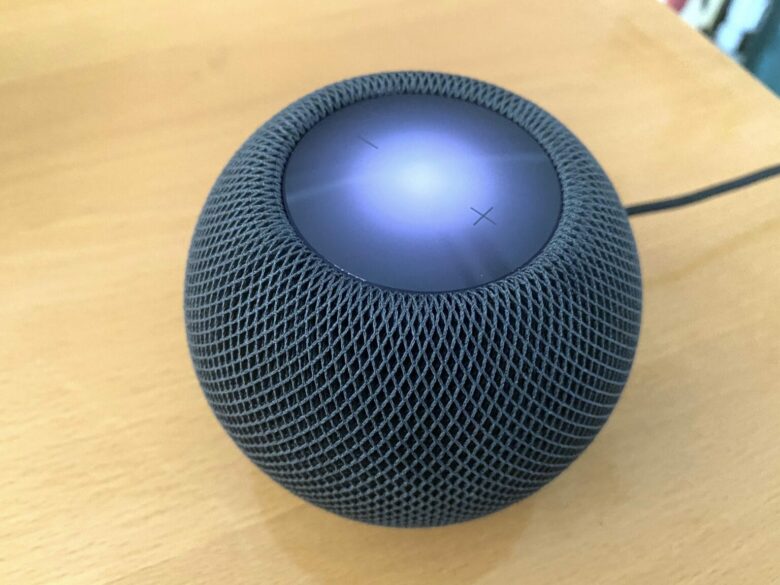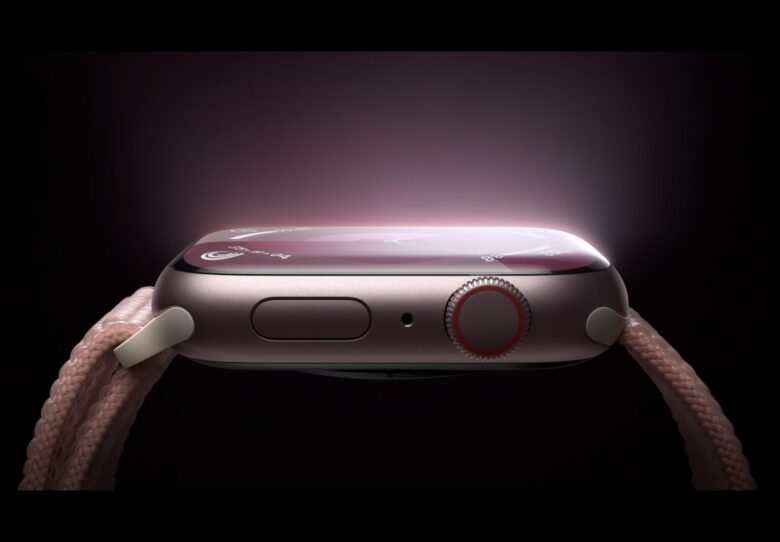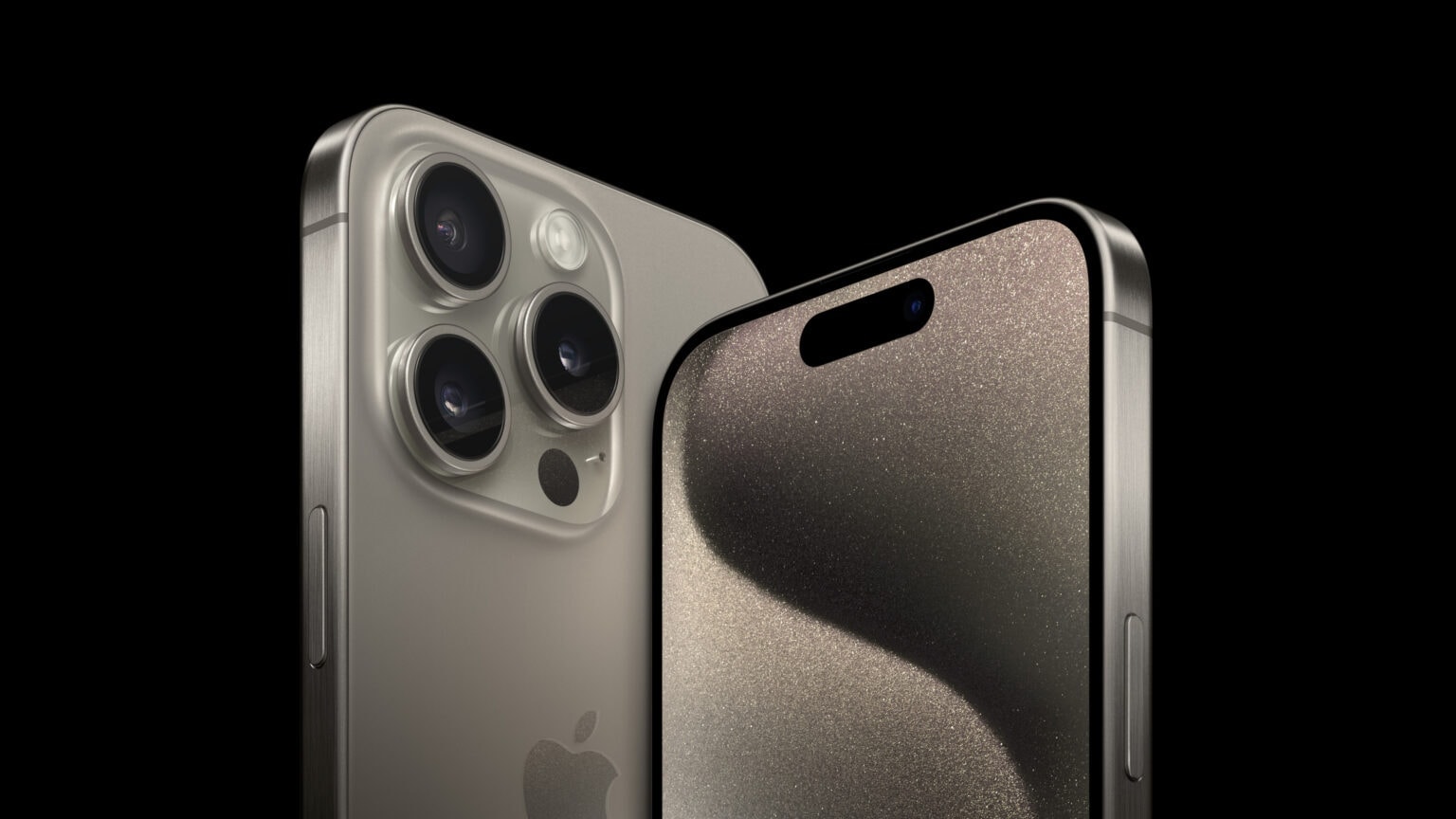Thread wireless mesh networking is strongly associated with the Matter smart-home automation standard, so some people found it surprising Apple would include Thread radio technology in iPhone 15 Pro models in addition to Bluetooth and Wi-Fi wireless connectivity.
A new report surfaced theories about what Apple’s up to and what future impacts it might have.
Possible reasons Apple included Thread networking in iPhone 15 Pro models
On the surface, it’s easy to assume Apple included Thread mesh networking in iPhone 15 Pro and Pro Max just to lay groundwork for future HomeKit and Home app uses involving the Matter home automation standard.
Here’s what Cupertino said about it in iPhone 15 Pro press materials:
iPhone 15 Pro and iPhone 15 Pro Max now support Wi-Fi 6E for greater wireless performance, including up to 2x faster speeds, and introduces the first Thread-enabled smartphones, opening up future opportunities for Home app integrations.
But that’s all it said. And as a report in The Verge suggests, a smartphone can be a Thread border router and adding Thread makes iPhone 15 Pro “the most smart-home friendly smartphone” — but other applications may be coming.
iPhone can be a Thread border router

Photo: Leander Kahney/Cult of Mac
Until now, the only Apple-made Thread border routers were HomePod 2, HomePod mini and Apple TV 4K. And now we add iPhone 15 Pro models to the mix. Other Thread-enabled devices come from companies like Eve Systems, Nanoleaf and Belkin’s Wemo.
“Like any Thread device, a smartphone can serve as a Thread end device, Thread extender and/or Thread border router or a Thread provisioning device,” said Thread Group VP of Technology Jonathan Hui, who works for Google.
But because Thread border routers connect Thread-enabled devices like lights, locks and sensors of various types, relying on an iPhone as the sole or main border router wouldn’t be ideal. That’s because you take the handset with you when you leave home. And your iPhone batteries die from time to time.
But an iPhone could supplement and even strengthen a self-healing Thread mesh network — the more Thread-enabled devices on it the better. And an iPhone could speedily interact with certain Thread-connected devices without needing to go through a main hub like a HomePod.
Replacing Bluetooth for some connectivity
In the smart home, a Thread-enabled iPhone might have certain kinds of impacts. Eric Welander speculates along these lines in his video above, suggesting scenarios where it could come in handy:
- New smart home users who lack an Apple border router/home hub (HomePod 2, HomePod mini or Apple TV 4K) could use it. “If your phone has Thread, then it can talk straight to the smart plug over Thread, which is going to be much faster and work at much greater distances (than Bluetooth],” he said, using a smart plug as an example of a Thread-enabled device on the mesh network.
- For those with home hubs, the iPhone 15 Pro models’ new Action button might help them trigger HomeKit commands that work over the Thread network. “If your phone can not have to worry about going through a border router,” Welander noted, “it can just jump straight to the Thread network and talk straight to your smart plug or your smart light bulbs to turn on and off, that could be a huge speed boost for changing things.”
- And in home-and-away automation through HomeKit and the Home app, a Thread-connected iPhone could play a special role. “You can trust Apple to know your location” via your iPhone, Weland noted. “Let’s say when everybody leaves home and the sun sets, you might want to have the lights turn on to make it look like you’re home even if you’re not.”
What about outside the smart home?
But there are reasons to include Thread in iPhones beyond the smart home. For instance, using low-power, low-bandwidth Thread to replace Bluetooth for certain types of connectivity. The Verge cited connecting peripherals like Apple Watch, and there are other possibilities.
“Thread has some interesting applications for outside of the smart home, as we see movement towards Thread in mobile,” said Daniel Moneta, a marketing and product consultant for Samsung SmartThings. “In particular, the potential to be an alternative to Bluetooth for connecting peripherals to smartphones, such as smart watches, medical and fitness devices, and camera accessories.”
Thread would actually be a quite reliable way to connect various devices to iPhone while they’re also connected wirelessly to other “parent” devices, like to MacBooks, iPads and other iPhones.
And unlike with Bluetooth, when you connect over Thread, range limitations may be less of a problem for a smartphone because the mesh network will keep it in touch with devices.
Limitations of Thread

Photo: Apple
It’s worth noting that all of the devices, not just the iPhone 15 Pro, would need Thread radio functionality in them to connect via the mesh network. But as more devices add multiple wireless protocols, options expand.
The Verge‘s article cites throughput as a limiting factor for Thread. Its devices’ throughput limit is about 125Kbps, while the latest Bluetooth (LE 5.0) may extend to 10 times as much.
For that reason, Thread might be limited to smaller-bandwidth uses like Apple Watch connectivity. It could fall well short of what’s needed for audio streaming to AirPods, for example.
Nevertheless, we could see more devices that include Bluetooth, Wi-Fi and Thread networking functionality, as the new iPhone 15 Pro models do, and we’ll see a clearer definition for uses of each protocol. Meanwhile, speculation abounds.



